It’s said that the vegetable tanning process dates back to 6000 BCE, when people living in early civilizations looked for ways to make animal skins resistant to weather and decay. Until the 19th century, vegetable tanning was the only way to make leather.
Vegetable tanned leather is the method of tanning the cowhide into leather. It’s called “vegetable” because of the natural tannins (tree bark) used in the tanning process.
No chemicals are being added and variations in color, shading, texture, and shape are inherent to this type of leather. Because it takes so much time (28 times longer, up to 2 months) and requires specific skills, vegetable-tanned leather only makes up roughly 10% of all leather available today.
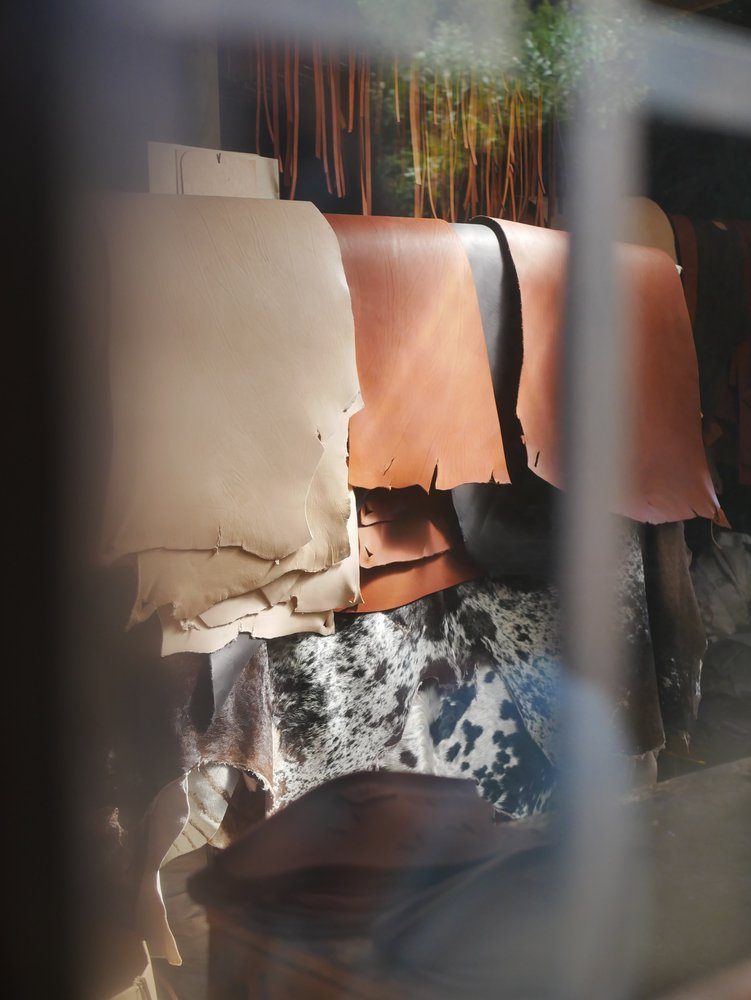
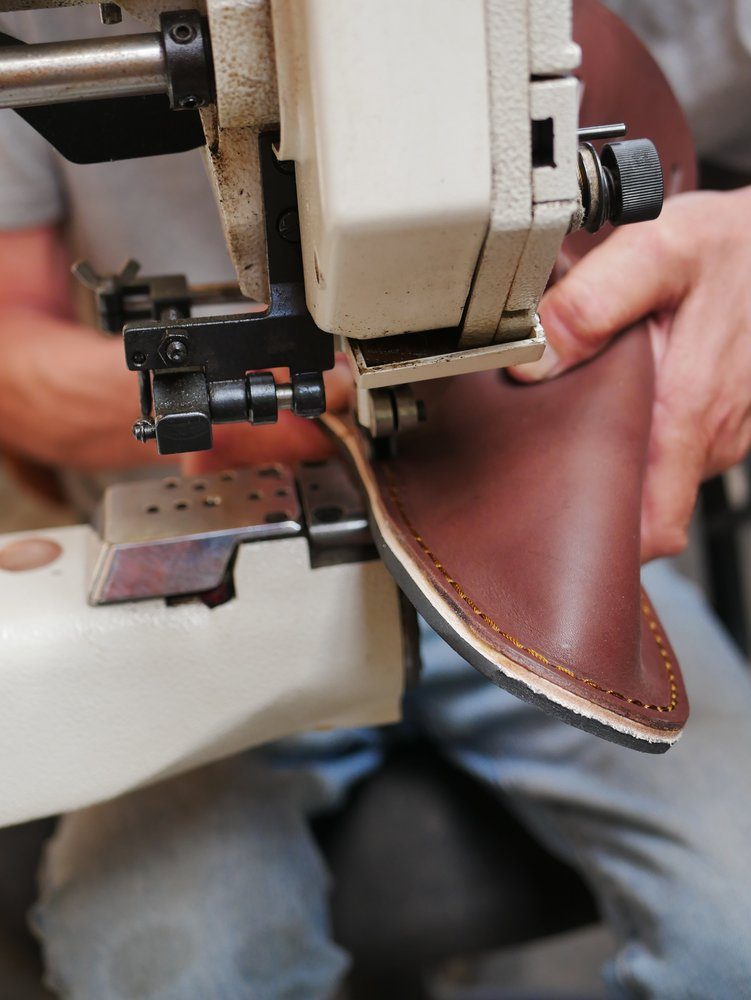
The difference between Chrome tanned and vegetable tanned leather
Chrome tanned leather (the most popular mineral tanning agent and used by 90% of the brands) is leather produced using a solution of chemicals, acids and salts to dye the hide. It’s cheap, quick and mass produced, typically requiring little skill from the tanners. Chrome tanned leather is often thinner than vegetable tanned leather.
The unique characteristics of the type of leather, the craftsmanship involved and the durability of the Tankwa Boot are a few reasons why we love to use vegetable tanned leather at ROF-Style.
Pick shoes that are healthiest for your feet
There are a few beautiful qualities to this leather. Firstly, it develops a rich patina. A patina is the shine that leather gets over time that makes it unique. Secondly, veg tanned leather will become softer with age.
Did you know it is super healthy when the shoe softens and takes the natural shape of your feet? And you will notice, the more you wear your ROF Boots, the more comfortable they get!
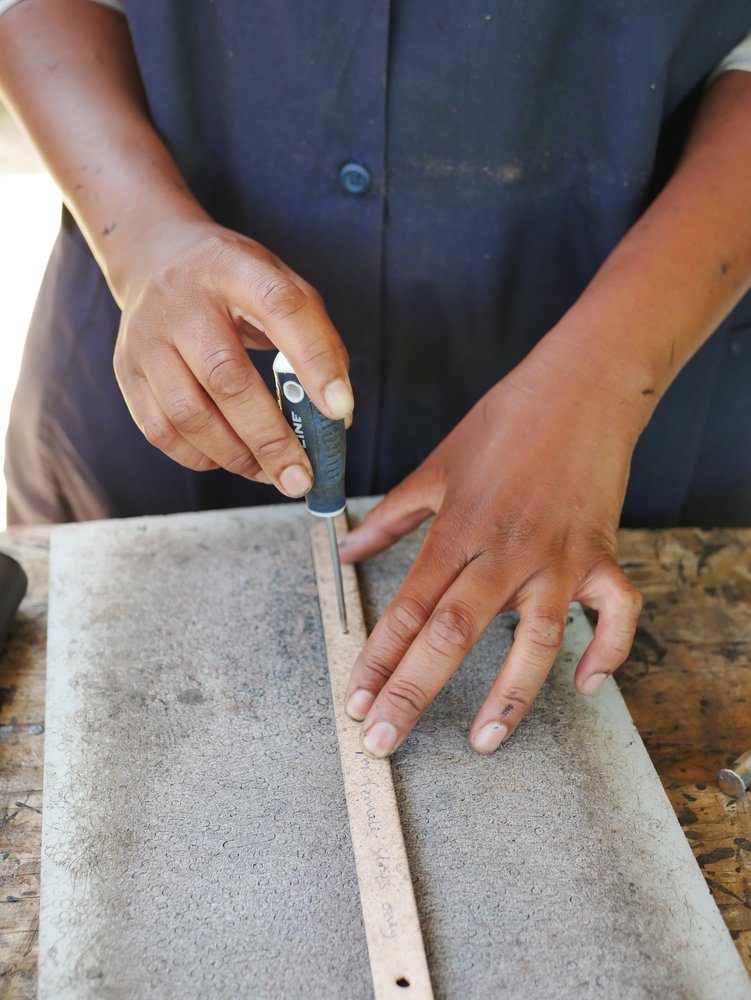
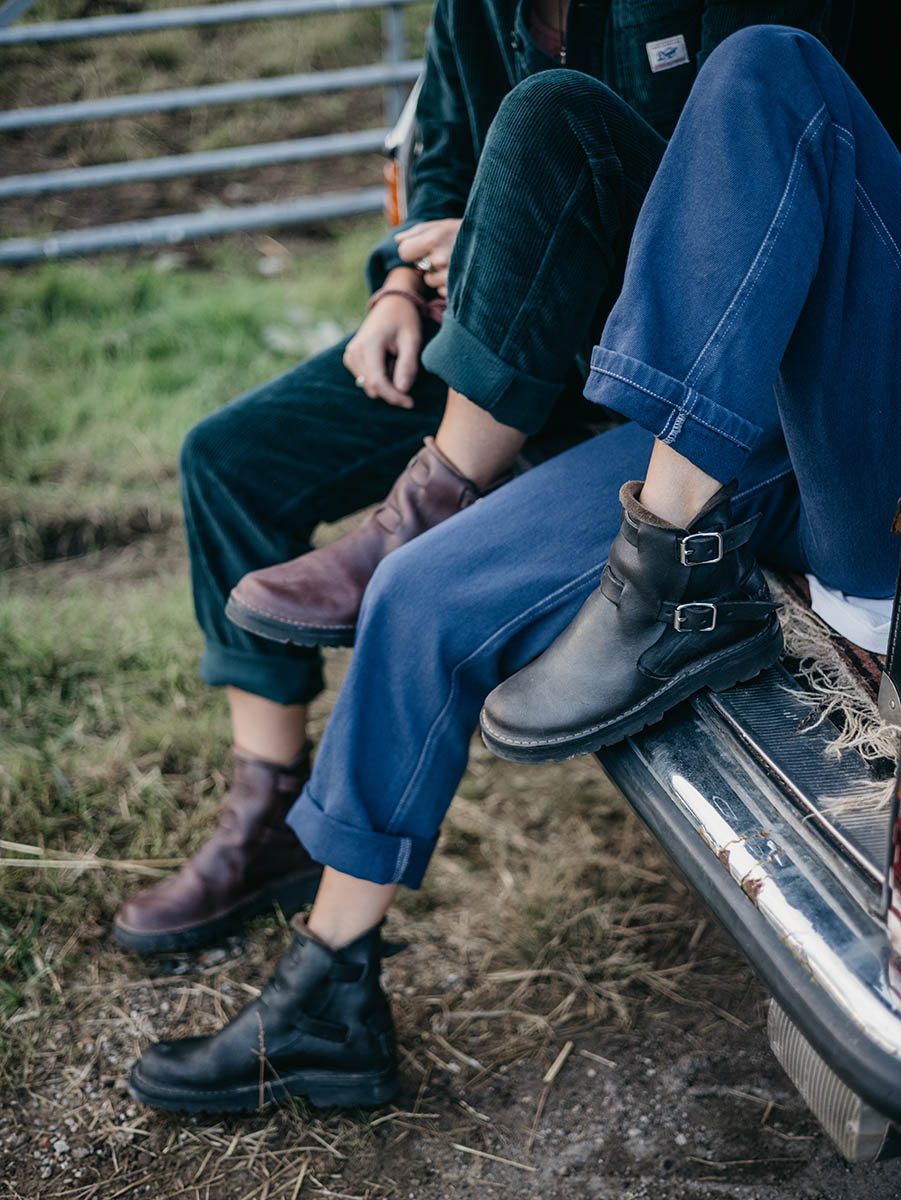
Made from locally sourced South African leather
The vegetable tanned leather we use is Nguni leather, a locally sourced leather. Beautiful leather but not easy to find. Relatively few tanneries today have the capability to produce vegetable-tanned leather. And because the cows in South Africa are outside for most of their lives, the leather that is sourced, often has ‘scars’.
These scars can come from tick bites or even a cow that has scratched along some barbed wire. Natural, but usually not something people like to have on their shoes. The amount of usable leather decreases this way.
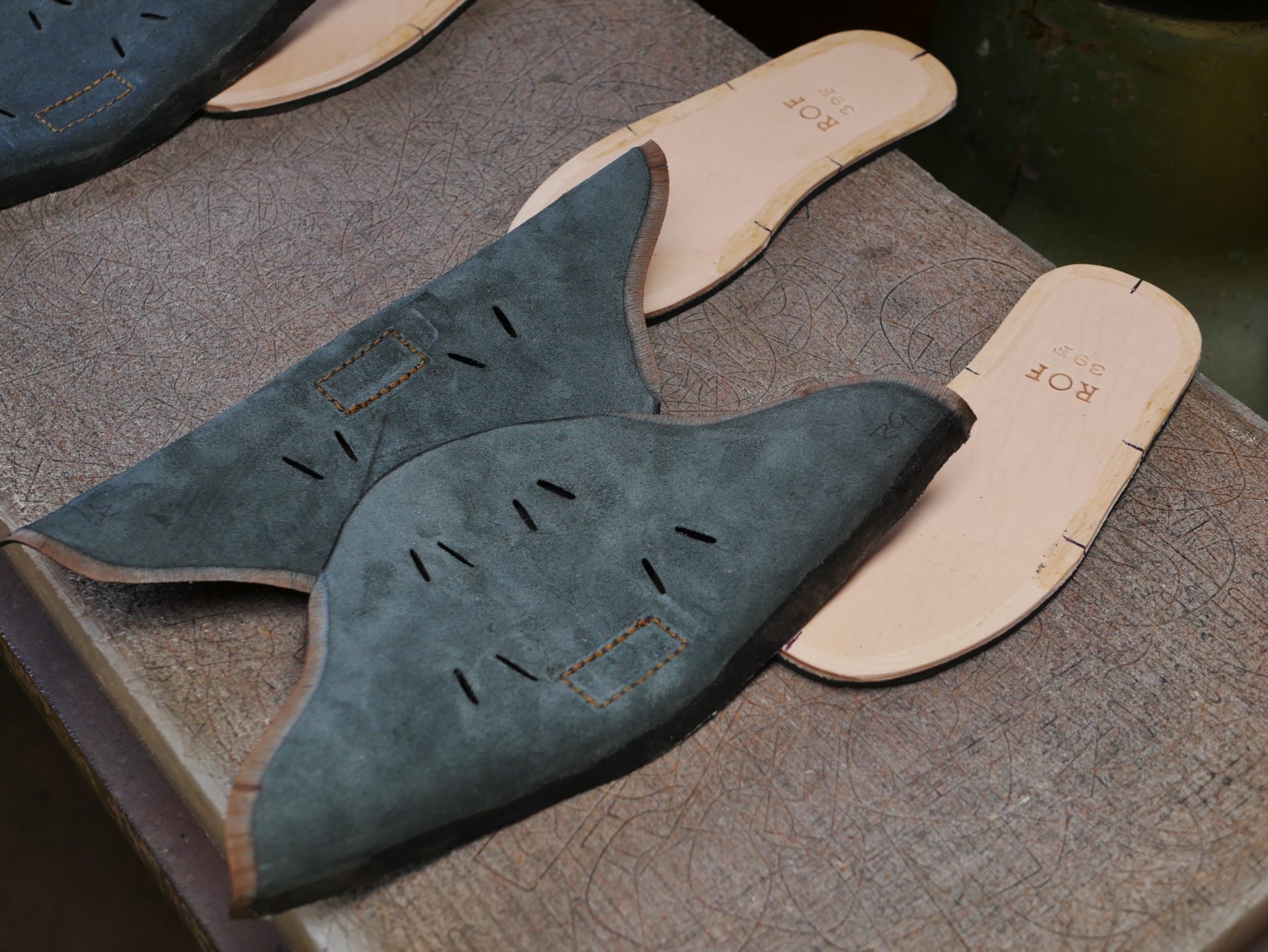
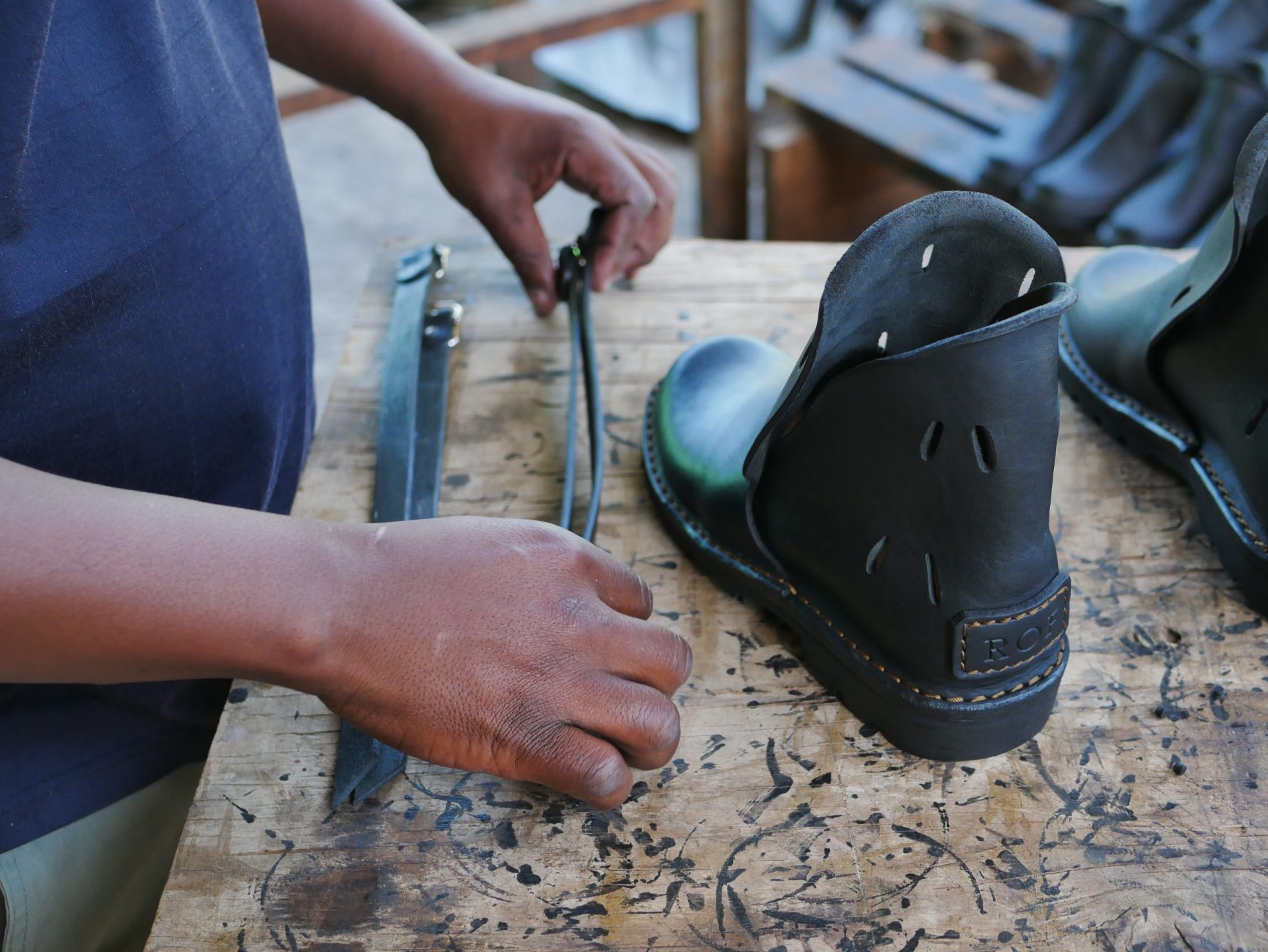
Looking for a pair of beautifully handcrafted vegetable tanned leather boots? Have a look at our collection of women and men’s shoes. For tips on how to take care of your ROF’s have a look here.
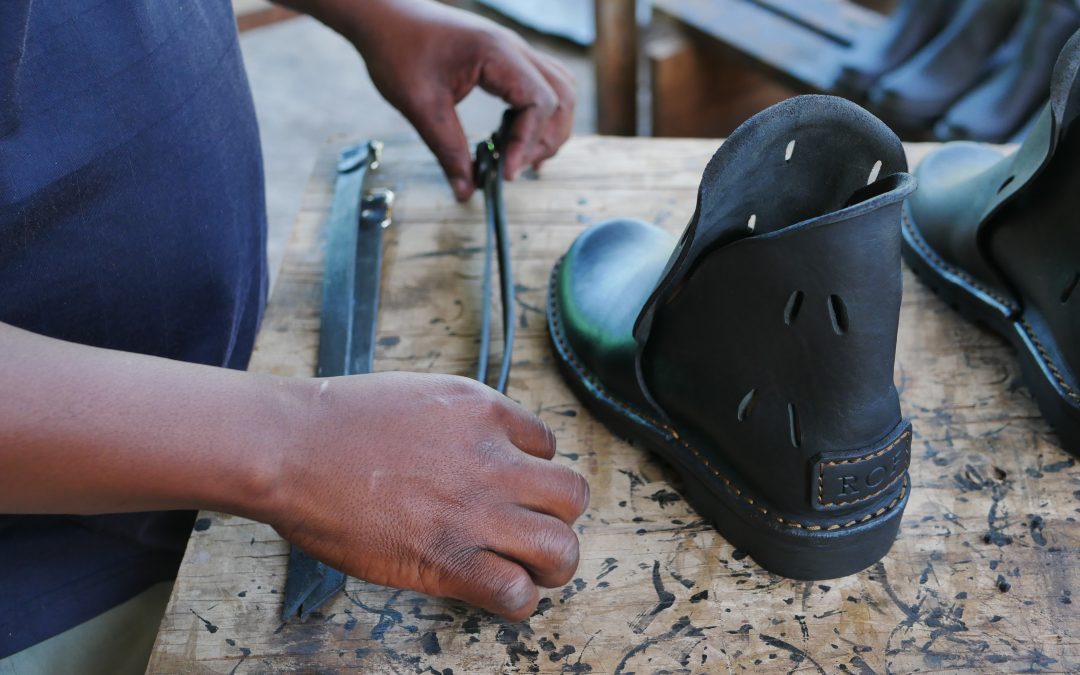
Recent Comments